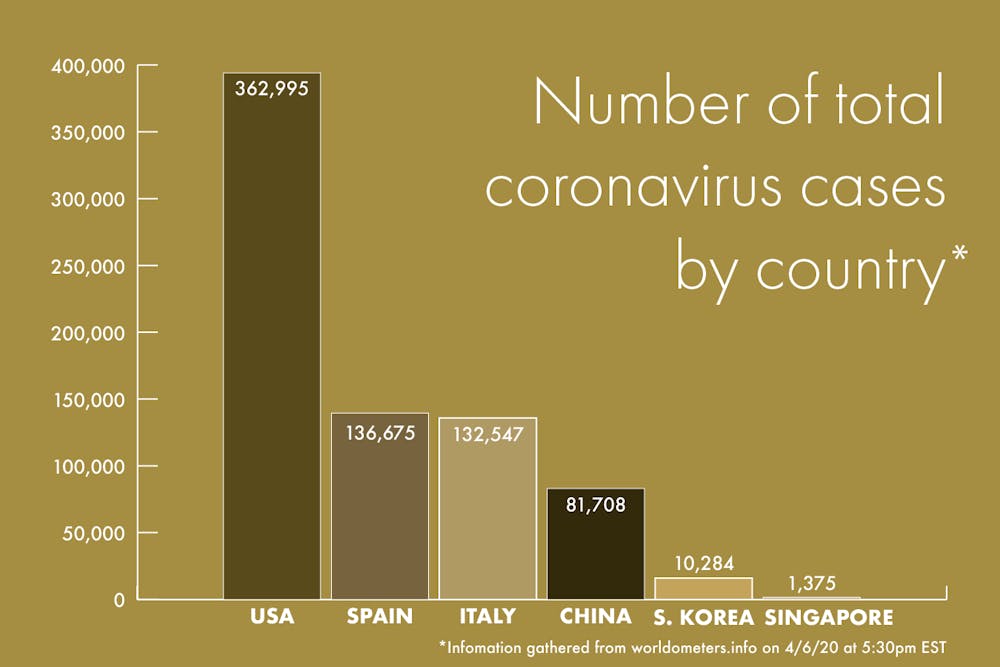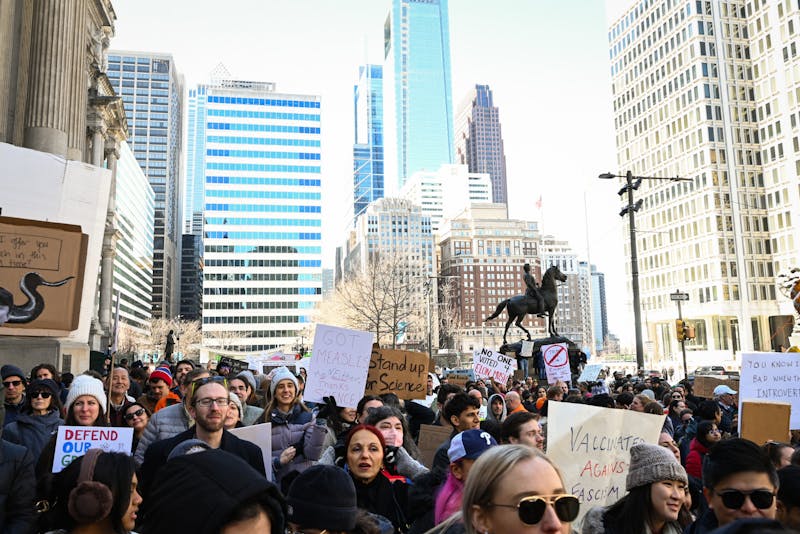
On Wednesday, March 25, the province of Hubei, China eased its nearly two-month-long lockdown as it began allowing most of its 60 million residents to begin leaving their homes. It’s a strong signal and significant step towards victory in the nation's long battle with COVID-19. The easing of restrictions follows reports from March 18, that China had reported no new local infections for the first time since the coronavirus crisis erupted three months ago. What was criticized as a “draconian” and “heavy-handed” government response led to an incredible turnaround in the fight against coronavirus. The World Health Organization praised Beijing’s response. The dramatic statistics on recently reported cases in China offer backing for the praise. It appears that as China puts an end to at least the first wave of coronavirus infections, the West has only just begun the battle. The tables certainly have turned.
So in light of China’s recent success with containing COVID-19, what should our response be? To answer that, we need to first consider how countries of the Western world are holding up. It doesn’t take much researching online to realize that most are struggling big time. Thousands of new virus cases are being confirmed throughout the United States daily. No state, city, county, or district is safe. In New York alone, over 70,000 cases have been confirmed. As of April 6th, Spain reported over 12,400 COVID-19 deaths, second-most of all European nations behind Italy, whose reported death toll from the virus at over 15,800 is nearly five times that of China’s. Economies are crashing and resources are running razor-thin as the West tips into a state of chaos.
Now let’s go back to China. China’s response was indeed drastic and unprecedented. It came at a great cost to individuals' livelihood and personal freedoms as whole cities and millions of people were put on tight lockdown. Such a strict quarantine, where people’s lives are ground to a halt, cannot come without painful tradeoffs. But what’s important to remember is, simultaneously with the intense governmental response, the immense progress China recorded in controlling the spread of the virus upon taking such serious measures. The WHO noted that China’s response, “may have saved hundreds of thousands of people from infection” and applauded China’s bold response to the virus.
While China’s initial response was slow, misleading, and covered in secrecy, months later we get a much different picture as the nation improved its response, setting up clinics that can detect hundreds of cases per day with CT scans and laboratory tests, treating the pandemic with much-needed urgency. With quarantines, there are inevitable tradeoffs that must be made. The question becomes then, when are such sacrifices and measures ethically justified? If it’s to save hundreds, thousands, millions of lives, are such quarantine policies justified? China appears to have answered yes.
But now let's go beyond China and take a look at its surrounding nations. If we examine, in general, how Eastern nations have handled the situation, we see that, compared to the West, the East's response has been much more successful at containing the virus. Here is where America and other nations of the Western world need to humbly learn from.
Nations such as South Korea and Singapore have managed the virus with efficiency and transparency, all while preserving the freedom of movement for its citizens. Singapore, for instance, employs an intense, quick strategy of tracking down those with the virus and has maintained excellent transparency throughout the entire process. Infected patients' information such as their work locations are released so others might be alerted as to whether they have been infected. Testing and medical treatment remains free for all locals. The nation has responded rapidly, developing the capacity to test over 2,000 cases per day, compared to the state of Washington's meager 400 cases per day. The densely-populated nation, which experiences high amounts of international traveling, especially from China, has thus far recorded no deaths from the virus.
South Korea, meanwhile, managed to flatten its curve thanks to the government’s early and swift response and the sheer amount of testing they’ve conducted; as of April 6th, South Korea’s testing rate per million people is nearly twice that of the U.S. Contributing to South Korea’s incredibly high testing rate is their use of efficient self drive-through testing and walk-in centers. The testing procedure is only 10 minutes long and individuals get their results back within hours.
Admittedly, the steps taken by these nations do not perfectly transfer to the demographics and situations of the U.S. But the virus we’re combatting in the U.S. is the same one in South Korea, China, Italy, and Spain. The same level of transparency, efficiency, urgency, strictness, and severity in which Asian nations have adopted in their response to the virus are key features of a successful response that has proven to work in curtailing the amount of cases and limiting the number of deaths. America and our neighbors of the West need to learn and follow suit from our friends from the East.
Our nation, led by a President who carelessly referred to the coronavirus as the “Chinese virus,” and then continued to defend his statement, is clearly ill-led and ill-equipped to curtail a virus that doesn’t differentiate between race, gender, age, or ethnicity. Rather than disparaging Asian nations, President Trump should instead start to learn from their responses to the disease.

LARK YAN is a College sophomore from Toledo, Ohio studying Health and Societies. Her email address is larkyan@sas.upenn.edu
The Daily Pennsylvanian is an independent, student-run newspaper. Please consider making a donation to support the coverage that shapes the University. Your generosity ensures a future of strong journalism at Penn.
Donate






